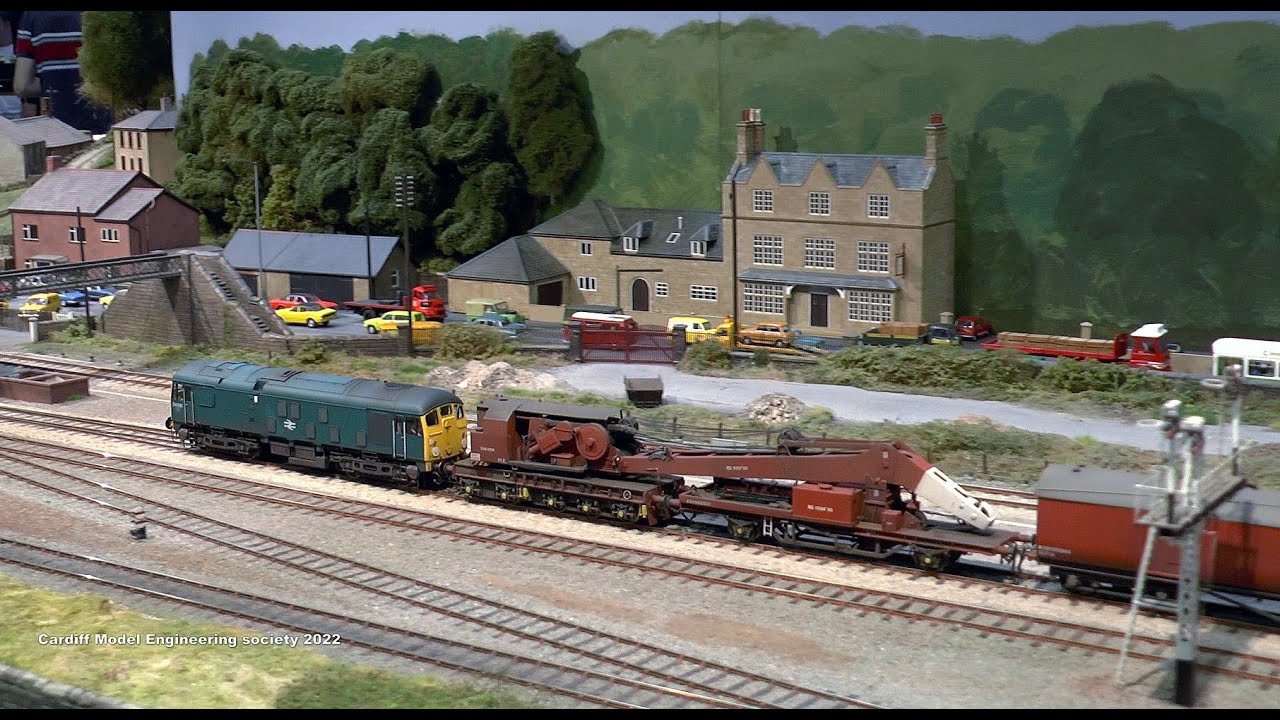- TNP Nation
- Ethnon
The Class 56s were bought outright by GBRf. But as with the Class 60 fleet, the operator has completed a sale/leaseback deal, in this instance with Progress Rail (the first time the manufacturer has leased locomotives in the UK).
Once in traffic, the locomotives will be used on general purpose duties rather than being dedicated to any particular flow, although it’s likely they will be based in one part of the country for ease of maintenance and driver knowledge. Tiller declined to comment where.
With a need to have assets in place ahead of new contracts (despite the pandemic), combined with the lack of anything available ‘off-the-shelf’ that would not need a lengthy approval process, upcycling redundant British Rail-designed locomotives makes sense for GBRf.
“These are nearly Class 66s in ‘56’ clothing,” concluded Tiller.
GBRF Frankengrid, 69005 'Eastleigh' manoeuvring around Bewdley 20th May 2022 resplendent in it's retro 1960's livery.

Once in traffic, the locomotives will be used on general purpose duties rather than being dedicated to any particular flow, although it’s likely they will be based in one part of the country for ease of maintenance and driver knowledge. Tiller declined to comment where.
With a need to have assets in place ahead of new contracts (despite the pandemic), combined with the lack of anything available ‘off-the-shelf’ that would not need a lengthy approval process, upcycling redundant British Rail-designed locomotives makes sense for GBRf.
“These are nearly Class 66s in ‘56’ clothing,” concluded Tiller.
GBRF Frankengrid, 69005 'Eastleigh' manoeuvring around Bewdley 20th May 2022 resplendent in it's retro 1960's livery.









































